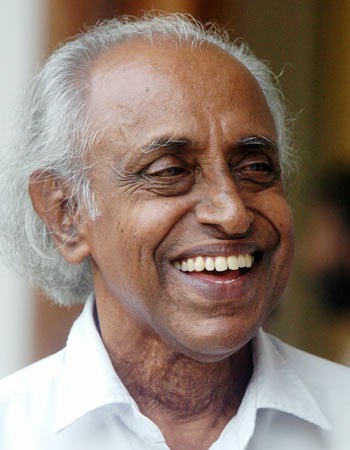M.N. Vijayan / Literary Critic

Day before yesterday, I was meeting with an artist who uses his mind to draw. These days, Chandrashekharan Kozhikode relies on his mind for his illustrations. With a computer, you can draw whatever pleases you. If you keep at it, it will provide exactly what you want. One may bring up its synthetic character and you could very well respond by referring to the artificiality of the brush taking a cue from old Japanese. None of you draw with your finger. You don’t immerse your finger in colour and draw; instead, brush absorbs the colour, the same brush made of squirrel hair plucked from its tail. If the squirrel is made to aid art practice why not employ mental faculties would be the question posed by Graphics Art. When you do this, when you shift to words for that matter, by appropriating any experience or idea into words, experience sounds better than idea. When you say something is hot, it implies to be hot-tasting like fire. To say it is like putting chili on your tongue, where putting chili on your tongue compares with a burn helps us to understand the reason behind the dual implications of the word ‘hot’ that which is both hot and burning. When such an experience gets translated into a word, otherwise experience transposed to a word, the experience itself gets transferred on to the word. In other words, a word is an experience that gets anchored in a word. This word is a personal experience. But, when it is transformed into a word, it becomes a shared experience. It also becomes an object, which others can use. Therefore, the principle of cultural dissemination involves a culture copying a civilization’s multifarious experiential content and experiential continuity in words, conserve it in words, and disseminate the words to reap multiple harvests.

Malayalam Weekly (India)